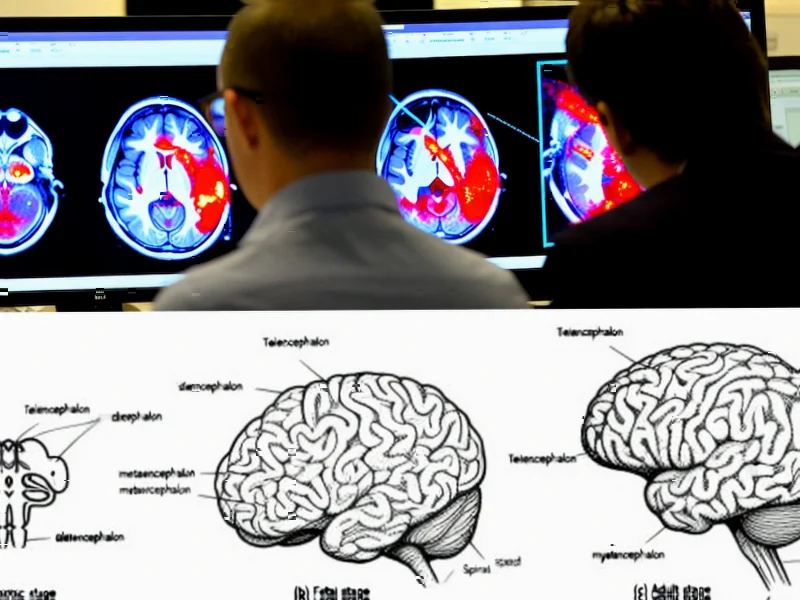According to Nature, researchers have developed a behavior-based student classification system using machine learning that analyzes student questionnaires covering academic, behavioral, and socioeconomic factors. The system employs singular value decomposition for dimensionality reduction and genetic algorithms to optimize neural network training, achieving high classification accuracy while minimizing processing time. This approach represents a significant shift from traditional academic performance metrics toward comprehensive behavioral analysis.
Table of Contents
Understanding Educational Data Mining
Educational data mining has evolved from simple grade tracking to sophisticated behavioral analysis, but this study pushes boundaries by incorporating diverse behavioral metrics. Traditional systems focused primarily on academic performance and demographic data, whereas this approach attempts to capture the complex interplay between cognitive patterns, emotional responses, and socioeconomic factors. The researchers’ use of structured questionnaires represents an attempt to standardize behavioral data collection, though this methodology raises questions about cultural bias and subjective interpretation.
Critical Analysis
While the technical approach appears sound, several critical issues emerge that the study doesn’t adequately address. The classification of students into A, B, C, and D categories creates a labeling system that could become self-fulfilling prophecies, potentially limiting student growth opportunities. The reliance on self-reported questionnaire data introduces significant reliability concerns, as students may provide socially desirable responses rather than accurate self-assessments. Furthermore, the system’s machine learning foundation means it could perpetuate existing biases in educational systems, potentially disadvantaging students from non-traditional backgrounds or those with unconventional learning styles.
Industry Impact
The emergence of sophisticated learning analytics systems like this one signals a major shift in educational technology investment. EdTech companies are increasingly focusing on predictive analytics that can demonstrate measurable improvements in student retention and performance. However, institutions must balance these technological advances with ethical considerations around student privacy and data protection. The system’s use of dimensionality reduction techniques suggests developers are aware of the computational challenges in handling complex student data, but the human impact of such classification systems remains largely unexplored.
Outlook
Behavior-based classification systems will likely become more prevalent in education, but their long-term success depends on addressing fundamental ethical and practical concerns. Future developments should focus on creating feedback loops that allow systems to adapt to individual student growth rather than locking students into predetermined categories. The most successful implementations will likely combine AI-driven insights with human educator judgment, creating hybrid systems that enhance rather than replace professional expertise. As these technologies mature, we can expect increased regulatory scrutiny around student data privacy and algorithmic transparency in educational settings.



